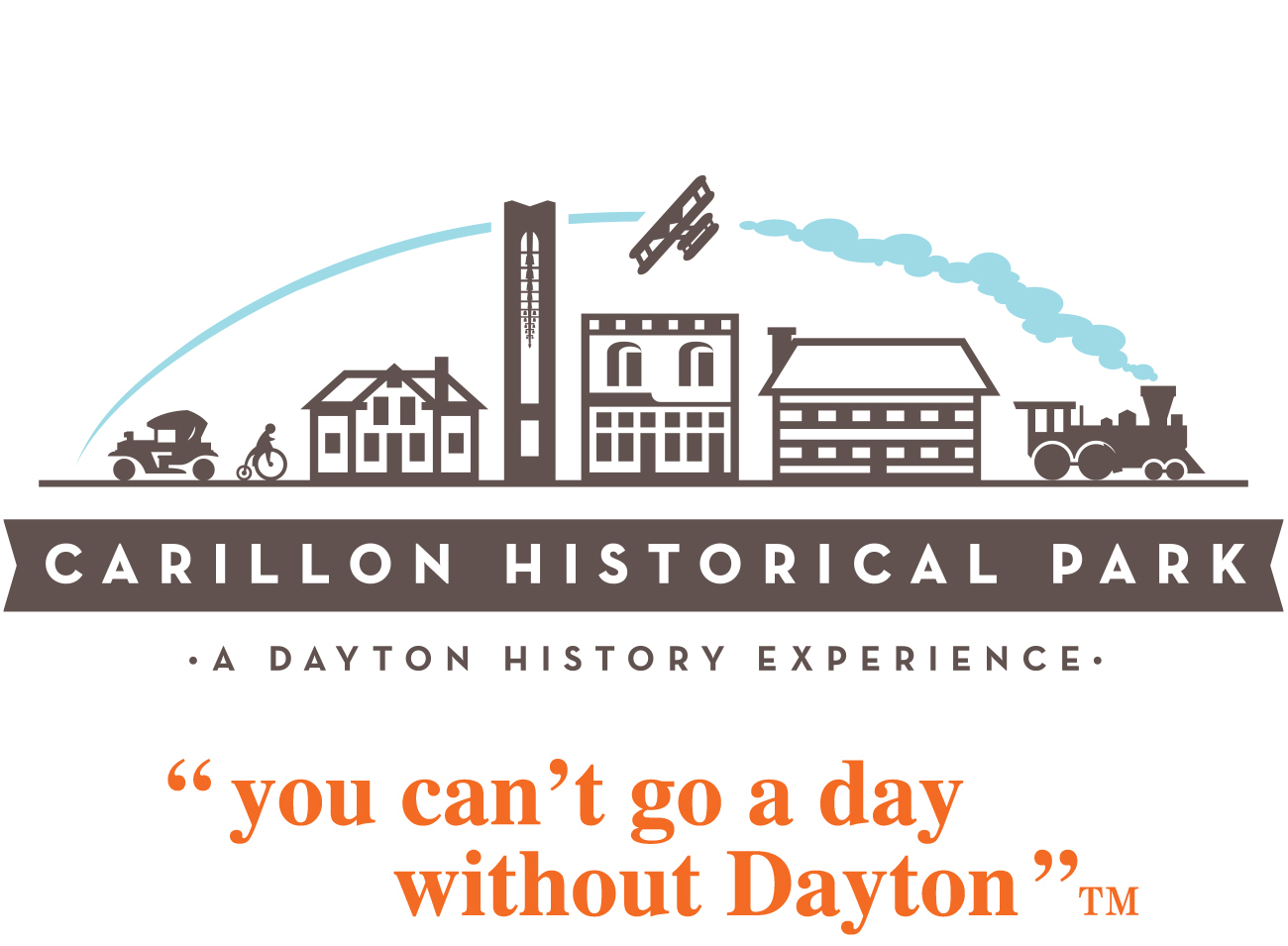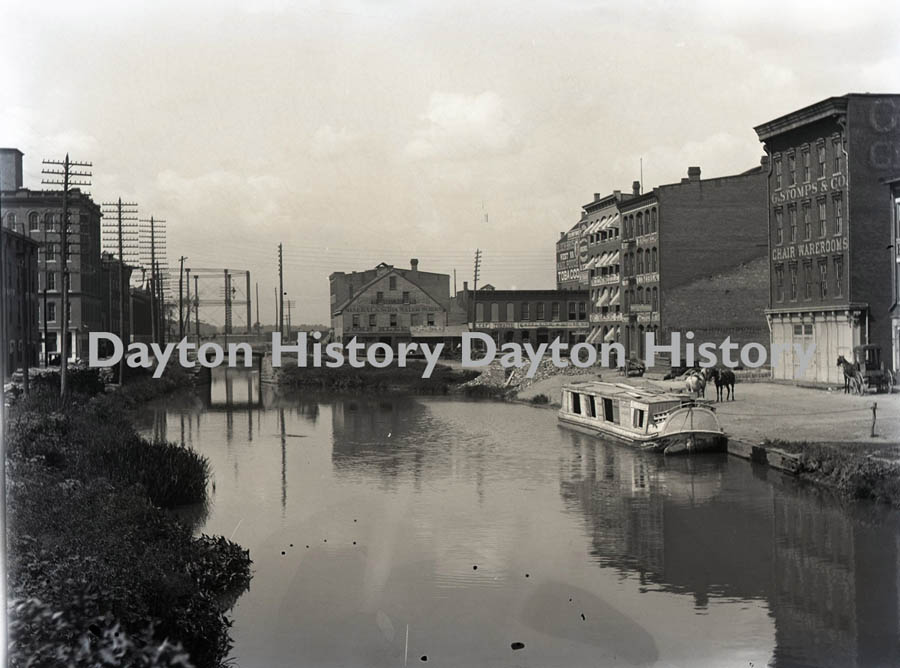A New Era Begins…
On this day, one hundred and ninety-two years ago, during 4th of July festivities in Newark, Ohio, Governor DeWitt Clinton of New York and Governor Jeremiah Morrow of Ohio dug the first spadesful of dirt, officially beginning work on the Ohio and Erie Canal. Seventeen days later, in Middletown, Ohio, Governor Clinton and several other notable individuals held a second ground-breaking ceremony, this time for the Miami and Erie Canal. Thus, the age of the canals had begun in earnest, in the great State of Ohio. The idea of connecting the Great Lakes and the mighty rivers of the Ohio and the Mississippi was not a new one. It was Thomas Jefferson, who, in 1786-87, was first to make a definite proposal for connecting these by means of a canal going through the state. The canals had a profound effect in Ohio, having increased the potential for economic development prior to the Civil War; thereby transforming what had been a somewhat isolated wilderness into a powerful state, both in terms of population and wealth. Such was the case for Dayton and the rest of Montgomery County as well, with the Miami and Erie Canal stretching from Toledo and Lake Erie down to Cincinnati and the Ohio River. A new era of prosperity and growth had begun as goods, information and people were now able to travel great distances more efficiently and cost-effectively than over land. Pictured here is a section of the canal, lined with businesses in downtown Dayton. The image is from the Albert Kern Collection at Dayton History.
To see other historical images from our collection, search our Digital Photo Archive.





